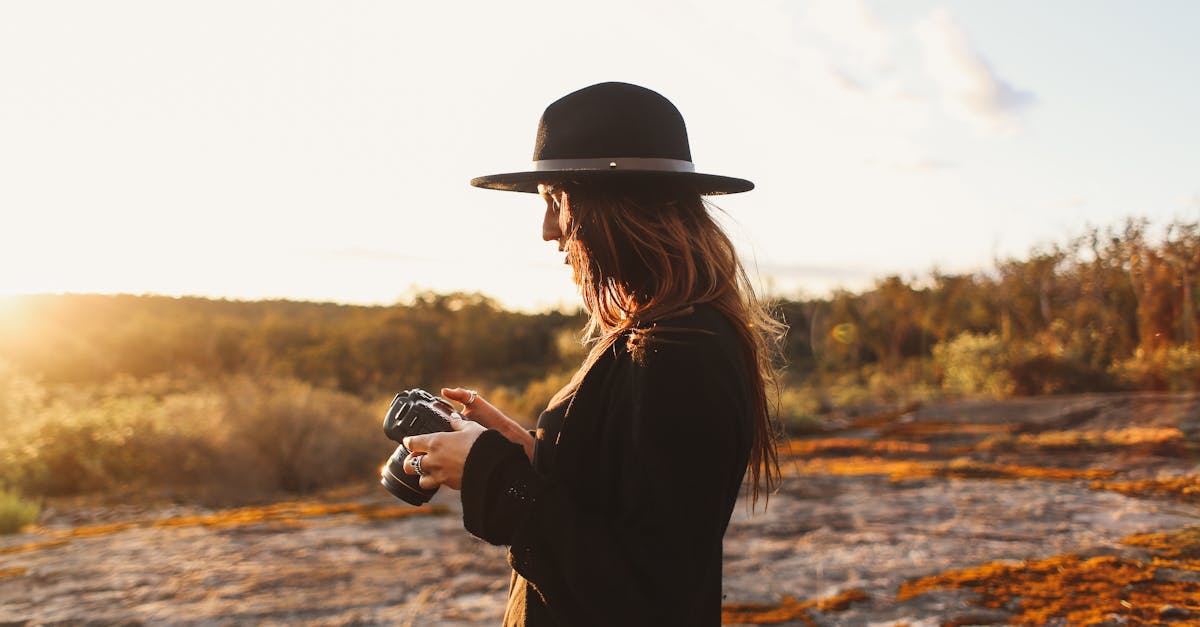Embarking on a nature photography trip is an exhilarating journey into the heart of the great outdoors.
Our passion for capturing the beauty of nature through our lenses drives us to explore and create unforgettable images.
In our post, we’ll investigate into essential tips and tricks for preparing for a successful nature photography adventure.
From gear selection to scouting locations, we’ve got you covered with expert advice to elevate your photography game amidst breathtaking natural landscapes.
Let’s gear up and immerse ourselves in the wonders of nature, ready to seize those picture-perfect moments.
Key Takeaways
- Researching the destination is crucial for understanding terrain, weather conditions, sunrise/sunset times, and local wildlife habitats.
- Select the right gear for your nature photography trip, including a suitable camera, quality lenses, a sturdy tripod, weatherproof equipment, and essential accessories.
- Pack essentials such as camera gear, weatherproof clothing, protection for equipment, a first aid kit, and snacks/water for a hassle-free photography adventure.
- Plan a shot list in advance to stay focused and maximize your time capturing landscapes, wildlife, and close-up shots effectively.
- Finding the perfect lighting is essential for capturing stunning nature shots; aim for soft, warm light during early morning or late afternoon, scout locations for optimal light, and utilize resources for enhancing your photography skills.

Researching the Destination
When preparing for a nature photography trip, Researching the Destination is crucial. Here’s why it’s important:
- Understand the terrain: Check the type of terrain to pack the right gear.
- Weather conditions: Learn about the weather patterns to plan your shoot times.
- Sunrise and sunset times: Optimal lighting can make a huge difference.
- Local wildlife: Research wildlife habitats for potential shots.
We recommend using reliable sources like National Park Service for detailed information on parks and Weather.com for accurate weather forecasts.
Selecting the Right Gear
When it comes to nature photography trips, having the right gear is crucial. Here are some essentials to consider:
- Camera: Choose a camera that suits your photography style and needs. A DSLR or a mirrorless camera are popular choices for capturing stunning landscapes and wildlife.
- Lenses: Invest in quality lenses that cater to different focal lengths. A wide-angle lens is great for landscapes, while a telephoto lens can help capture distant subjects like wildlife.
- Tripod: A sturdy tripod is essential for stability when shooting in low light conditions or capturing long exposure shots.
- Weatherproofing: Opt for gear that is weather-sealed to protect against the elements.
- Additional Accessories: Don’t forget items like extra batteries, memory cards, lens cleaning kits, and camera bags for easy transport.
Before heading out, make sure to double-check your gear and ensure everything is in working order. Now, let’s get ready to capture some amazing shots!
For further tips on selecting photography gear, check out the B&H Photo Video website or DPReview.

Packing Essentials
When embarking on a nature photography trip, packing the right essentials is crucial for a successful and enjoyable experience. Here’s what we need to consider:
- Camera Gear: Don’t forget your camera, lenses for different focal lengths, tripod for stability, and extra batteries and memory cards.
- Weatherproof Clothing: Ensure you’re prepared for changing weather conditions with waterproof and warm layers.
- Protection for Gear: Safeguard your equipment with protective cases and covers.
- First Aid Kit: Carry a basic kit for minor injuries and unexpected situations.
- Snacks and Water: Keep energized and hydrated throughout your journey.
Before heading out, double-check your gear and pack mindfully for a hassle-free photography adventure. For more tips on selecting photography gear, check out the resources on the B&H Photo Video website or DPReview.
Planning the Shot List
When planning our nature photography trip, it’s essential to create a shot list. Deciding in advance what we want to capture helps us stay focused and maximize our time in the field. We can include specifics like landscapes, wildlife, or close-up shots we aim to achieve.
A useful resource that can help with this step is the Outdoor Photographer website. They provide tips on developing effective shot lists and making the most of our photography experience.
For more inspiration and ideas on crafting a shot list, we can also check out the Photography Life website. They offer insightfularticles on planning photography outings and capturing stunning images.
Remember, a well-thought-out shot list sets the foundation for a successful nature photography trip.

Finding the Perfect Lighting
When preparing for a nature photography trip, finding the perfect lighting is key to capturing stunning shots. Early morning and late afternoon offer soft, warm light ideal for landscapes and wildlife. In contrast, midday sunlight can create harsh shadows. Keep an eye on the weather forecast to plan accordingly.
Scout locations in advance to know where the light falls at different times. Position yourself to take advantage of golden hour light for that magical touch to your photos. Remember, cloudy days can provide a diffused light that’s great for shooting details and textures.
For more insights on utilizing natural light in photography, check out helpful resources like the Outdoor Photographer website and Photography Life. Experimenting with light will elevate the quality of your nature photographs.

